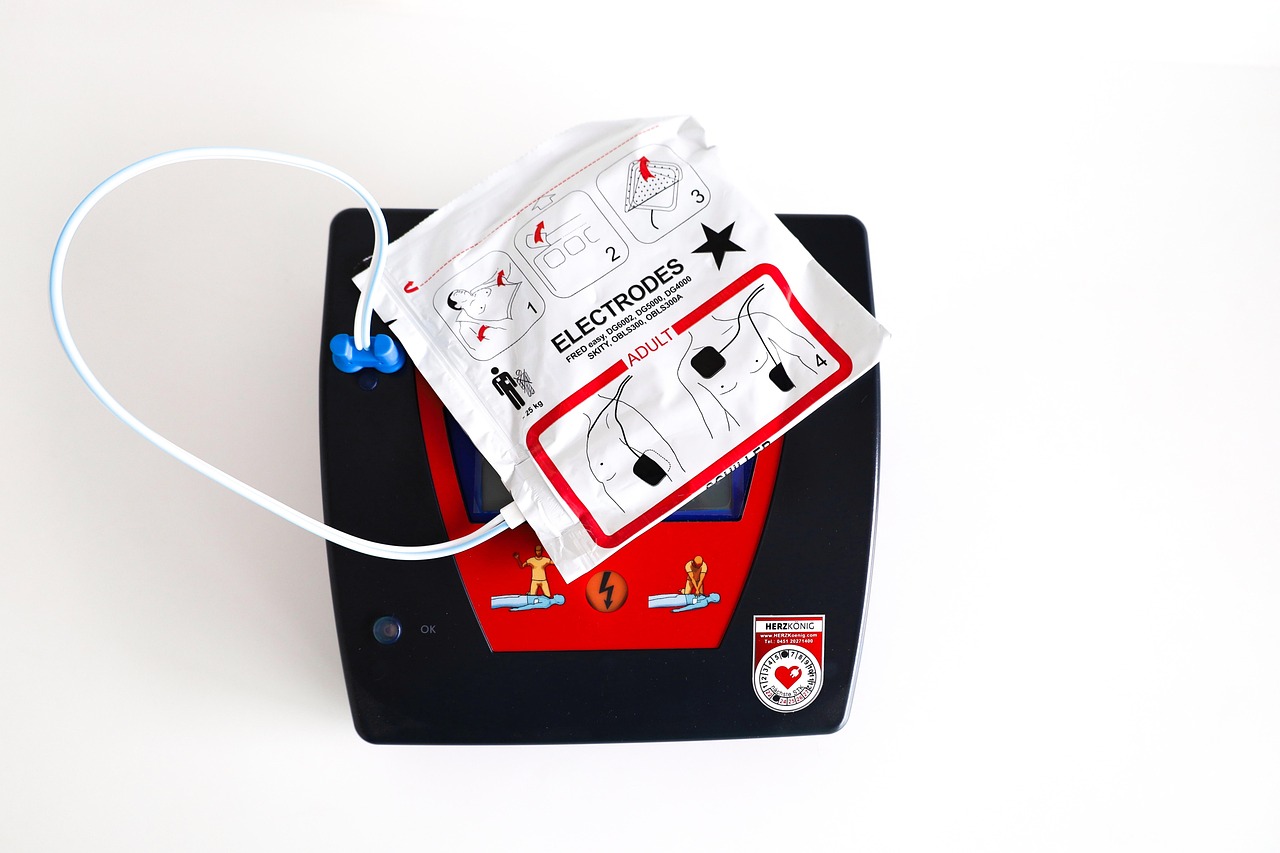Abstract
Objectives: Unintended extubations (UEs) lead to significant morbidity in neonates. A quality improvement project was initiated in response to high rates in our level IV NICU. We targeted creating and sustaining UE rates below the published standard of 1 per 100 ventilator days.
Methods: This project spanned 4 time periods: baseline, epoch 1 (December 2010-May 2012), sustain, and epoch 2 (May 2015-December 2017) by using standard quality improvement methodology. Epoch 1 interventions included real-time analysis of UE events, standardization of taping, patient positioning and movement, accurate event reporting, and change in nomenclature. Epoch 2 interventions included reduction in daily chest radiographs (CXRs) and development of a high-risk tool. Patient and event characteristics were statistically compared across time points.
Results: Of the 612 UE events recorded over 10 years, 249 UEs occurred from May 2011 to 2017 involving 184 unique patients. UE rates decreased by 43% (from 1.75 to 0.99 per 100 ventilator days; epoch 1) and were sustained until a notable spike. Epoch 2 interventions led to a further 31% rate reduction. Single CXR use decreased by half. Median corrected gestational age at the time of an event was 35 weeks (interquartile range: 29-41). Seventy percent of infants experiencing an UE required reintubation, 29% had a previous event, and 9% had a code event.
Conclusions: A decrease in UE below benchmarks can be achieved and sustained by standardization and mitigation interventions. This decline was also accompanied by a reduction in use of CXRs without increasing UE events.
Galiote JP, Ridoré M, Carman J, Zell L, Brant K, Gayle C, Short BL, Klugman D, Soghier L. Reduction in Unintended Extubations in a Level IV Neonatal Intensive Care Unit. Pediatrics. 2019 May;143(5):e20180897. doi: 10.1542/peds.2018-0897. PMID: 31028159.





